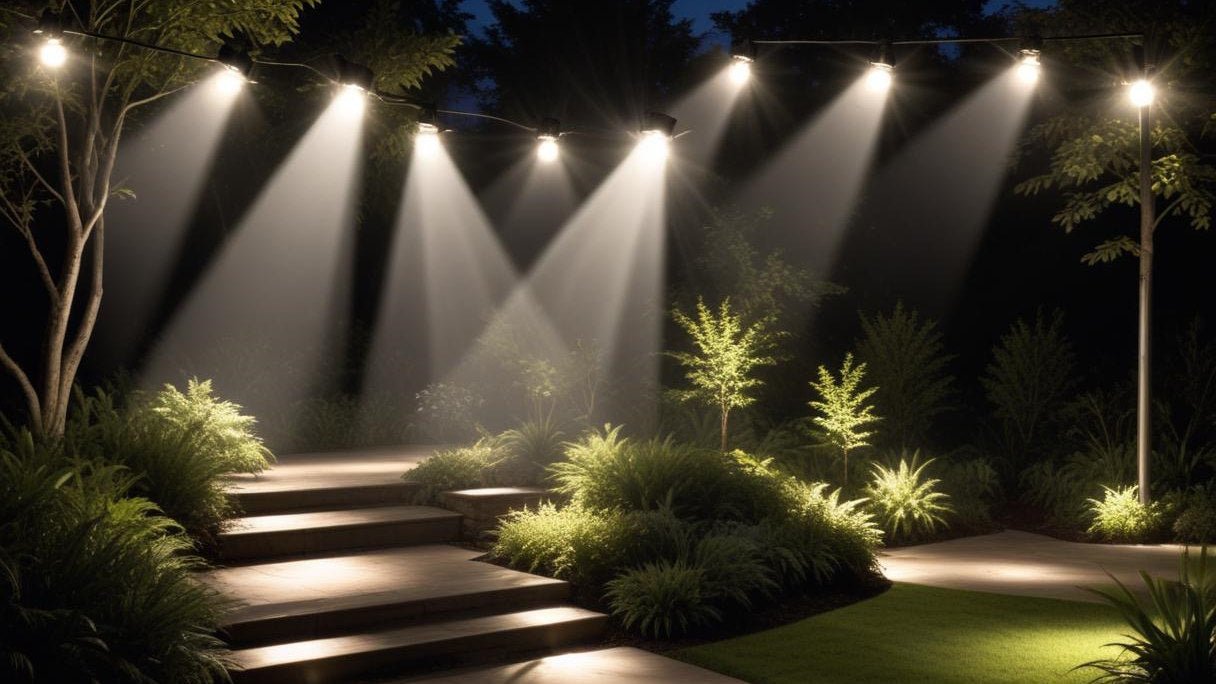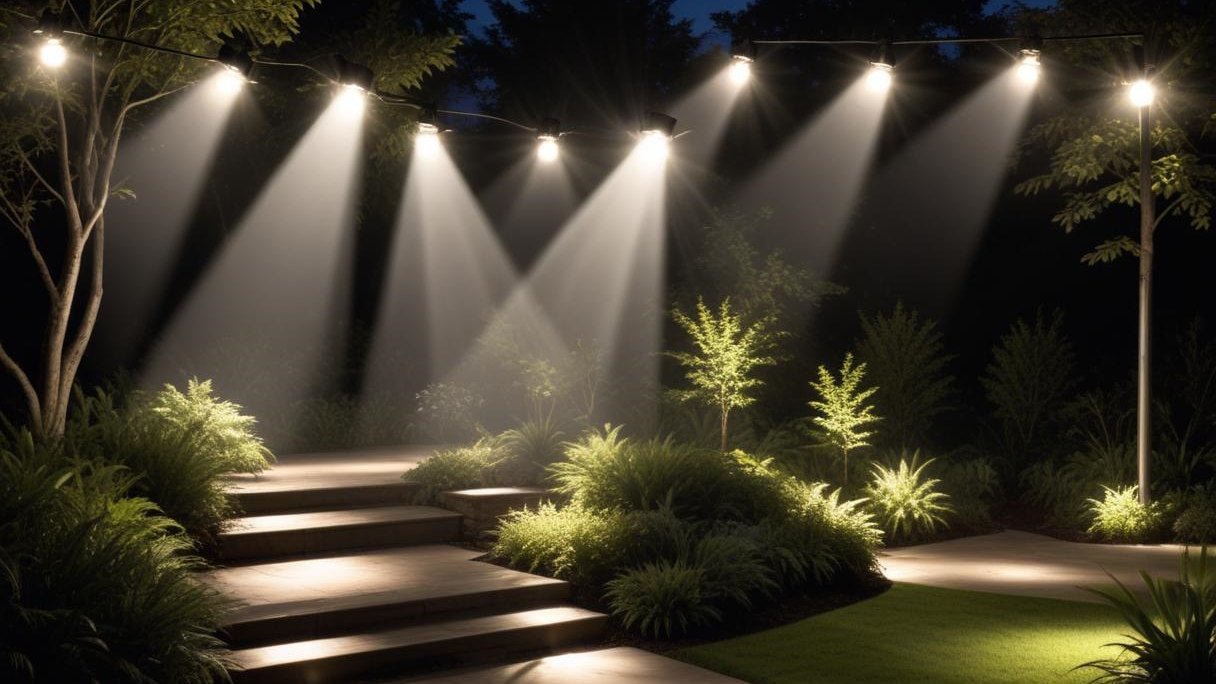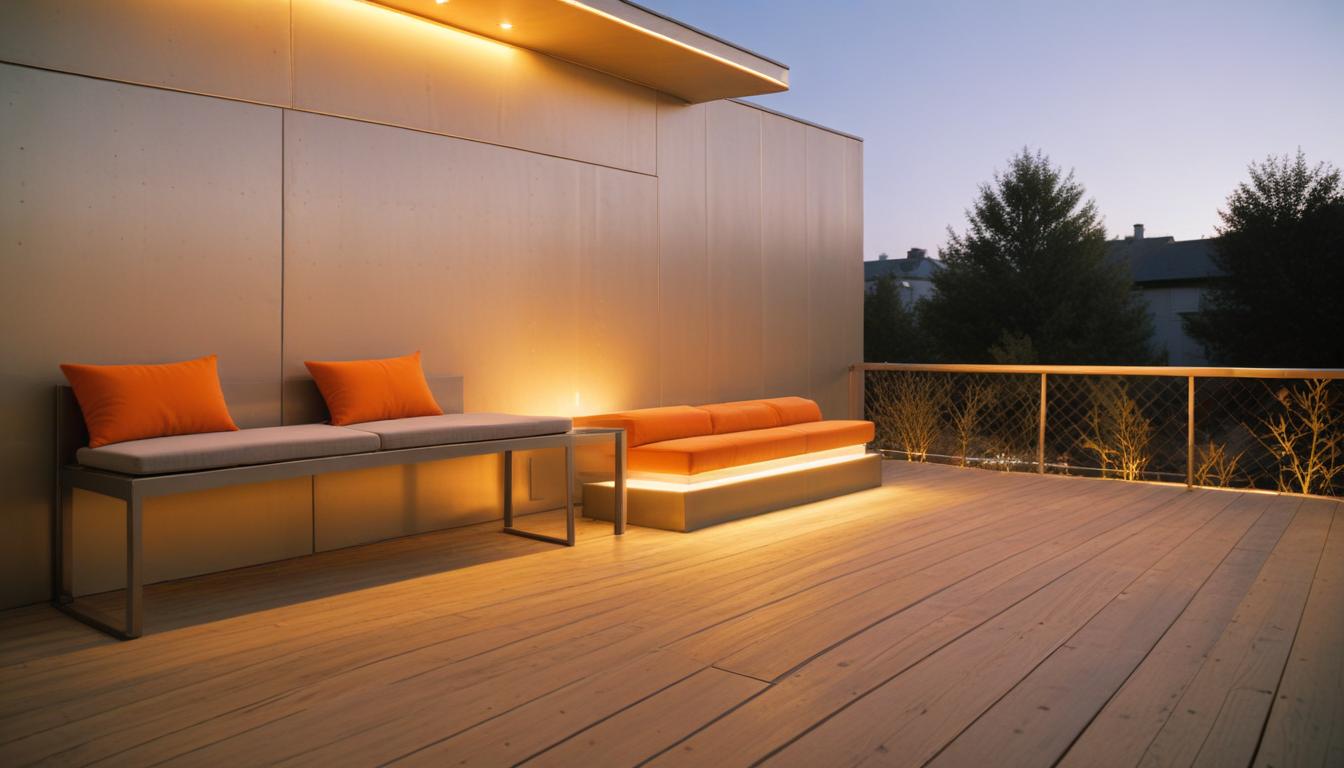Spot lights encompass a wide variety of lighting fixtures, each designed for specific applications and environments. This article explores the range of spot lights available today, highlighting their unique characteristics, practical uses, and advantages across different lighting scenarios.
- Incandescent Spot Lights
Incandescent spot lights utilize a filament wire heated to produce light. Known for their warm color temperature, they are popular in residential settings for accent lighting, creating cozy atmospheres, and highlighting focal points. However, they are less energy-efficient compared to newer lighting technologies.
- Halogen Spot Lights
Halogen spot lights improve upon incandescent technology by incorporating halogen gas, which enhances efficiency and extends the lifespan of the tungsten filament. They emit brighter, whiter light and are versatile for both indoor and outdoor applications. Halogen spot lights are favored for accent lighting, task lighting, and areas where robust illumination is required.
- LED Spot Lights
- MR16 LED Spot Lights: These small, low-voltage bulbs are ideal for track lighting, display lighting, and residential use. MR16 LEDs provide precise directional lighting and come in various beam angles to suit different lighting applications.
- PAR LED Spot Lights: PAR (Parabolic Aluminized Reflector) bulbs are widely used for flood and spot lighting due to their adjustable beam angles and robust design. They are suitable for indoor and outdoor settings, offering flexibility in lighting design and application.
- GU10 LED Spot Lights: Featuring a twist-and-lock base, GU10 LEDs are popular for recessed lighting and decorative applications. They offer options for dimming and come in various color temperatures to create different atmospheres and lighting effects.
Applications of Spot Lights
Spot lights find extensive use across various sectors and environments:
- Residential: Used for accentuating artwork, highlighting architectural features, and creating ambient lighting in living spaces.
- Commercial: Found in retail displays, museums, galleries, and hospitality venues to enhance visual appeal, draw attention to products, and illuminate exhibits.
- Outdoor: Employed for landscape lighting, security lighting, and highlighting outdoor features such as gardens, statues, and pathways.
- Entertainment: Essential for stage lighting in theaters, concerts, and events to spotlight performers, create dynamic lighting effects, and set the mood.

Advantages of Spot Lights
Precision Lighting: Spot lights provide focused beams that can be precisely directed, enhancing visibility and accentuating specific areas or objects.
- Energy Efficiency: LED spot lights consume less energy than traditional incandescent or halogen bulbs, leading to reduced electricity bills and environmental impact.
- Longevity: LED spot lights have a significantly longer lifespan, reducing maintenance costs and the hassle of frequent bulb replacements.
Choosing the Right Spot Lights
When selecting spot lights, consider the following factors:
- Lighting Requirements: Determine the desired brightness, color rendering index (CRI), and beam angle suitable for your specific application.
- Energy Efficiency: Opt for LED spot lights to maximize energy savings and minimize environmental impact over time.
- Durability: Choose spot lights with durable construction and appropriate IP (Ingress Protection) ratings for outdoor installations to ensure reliability and longevity.
Conclusion
Spot lights play a crucial role in modern lighting design, offering versatility, efficiency, and superior lighting quality across diverse settings. Understanding the range of spot lights available allows for informed decisions when selecting lighting solutions tailored to specific needs and applications. LED technology continues to drive innovation in lighting, providing sustainable and cost-effective solutions for residential, commercial, outdoor, and entertainment environments. By leveraging the benefits of LED spot lights, individuals and businesses can enhance visibility, create inviting atmospheres, and achieve outstanding lighting effects that contribute to a more comfortable and visually appealing space.


































Leave a comment
This site is protected by hCaptcha and the hCaptcha Privacy Policy and Terms of Service apply.